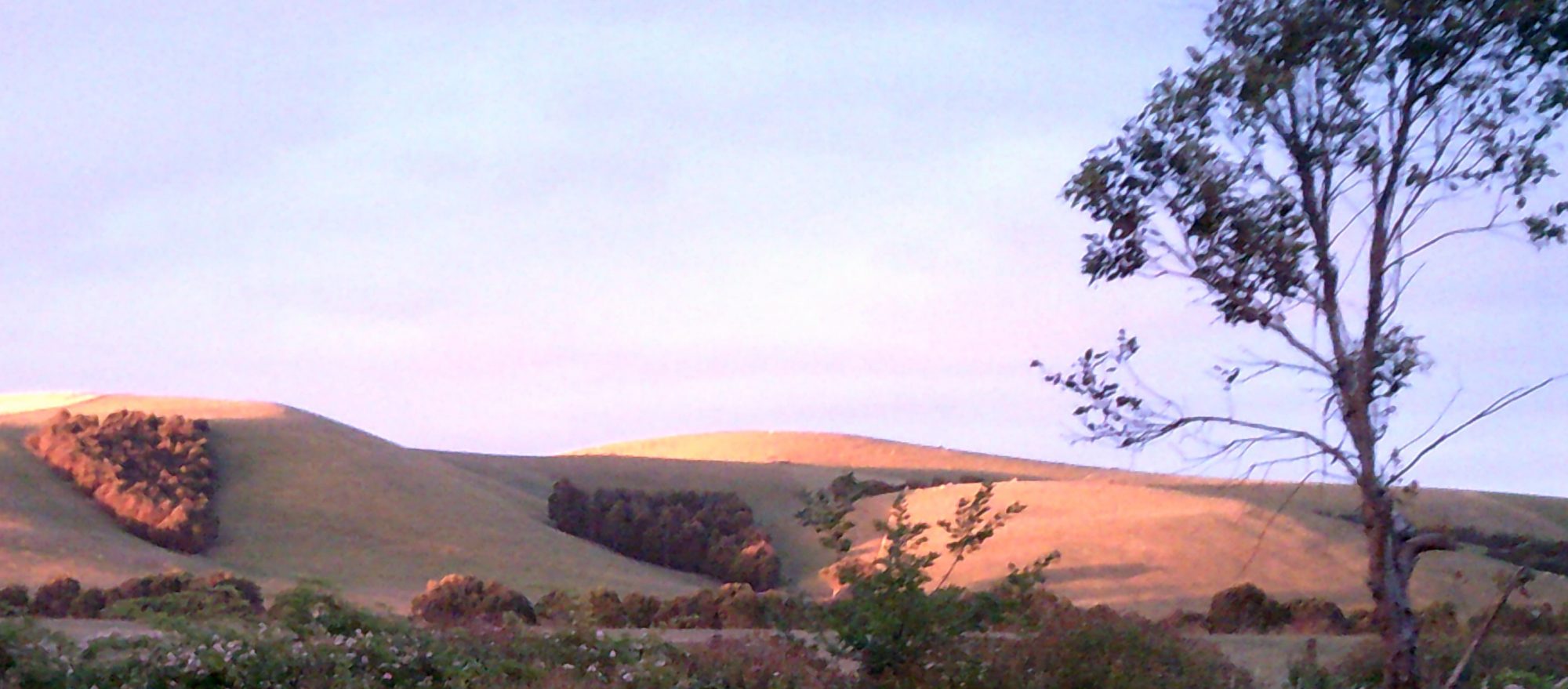
All learning centres in the Cox’s Bazar Refugee camps have shut down due to funding cuts. The decision was made after finding a shortfall in the funding in June 2025. This has left the refugee children in Coxs Bazar camps in a dire and untenable situation. The learning centres, which catered for children between 4 –14 were a crucial component in safety and survival as well as being the only learning institutions available. This is a cruel blow to the most innocent and vulnerable members of the Rohingya community. Children matter! Already, the Rohingya children are suffering from displacement and violence encountered in the Myanmar genocide. Many of the children are experiencing severe trauma and isolation. The education centres were crucial in the healing process for the children. They not only provided learning; they were a safe space where psychological, emotional and physical support was available. The centres offered a sense of normalcy in a very overcrowded and sometimes hostile camp environment. Young children are extremely volatile and react poorly to dramatic and environmental changes, far more so than adults. Young brains are still developing and the children in the camp already bear the scars of war; a second form of displacement is just totally devastating. This shut down is inconsistent with the rules and protocols of the refugee mandates and it violates the international legislation on the Rights of the Child. Without the centres the children face increased risks of being abducted or abused while playing on the streets. The camp already has an alarming history of children who go missing and/or who are abused. Agencies and educators consistently emphasise the importance of safety and normalcy in the child’s life, the learning centres were the closest thing the children had to a normal life. For these children, who are already suffering, the need for socialisation is crucial, but it has now been taken away. The centres provided some comfort in a difficult life. They provided hope for the future. Now this has been taken away! For parents and families, the centres offered some release for what a difficult and painful daily existence. There is no hope anymore for their childrens’ future. Without education in this modern world, there is only poverty and isolation to look forward to. This decision not only impacts the children and families; it has incurred job losses and other forms of disruption in the camp. The opportunity for a better understanding of refugee life has gone. There is no replacement for these devastating losses, and we urge all parties to find a quick solution. (Photo credit Anower Solim).



 As America and Israel continue their attacks on innocent people, this seemed like an appropriate picture to post.
As America and Israel continue their attacks on innocent people, this seemed like an appropriate picture to post.


 Nsrs Rohimullah is with Craig Foster.
Nsrs Rohimullah is with Craig Foster.

